
Elachista argentella is a moth of the family Elachistidae found in all of Europe, except the Balkan Peninsula.
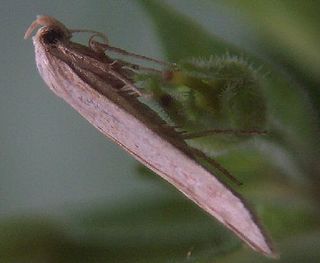
Elachista rufocinerea is a moth of the family Elachistidae found in Europe.

Elachista subalbidella is a moth of the family Elachistidae found in Europe and North America.

Elachista albidella is a moth of the family Elachistidae, described by William Nylander in 1848. Its wingspan ranges from 9–10 millimetres (0.35–0.39 in).The head is white. Forewings are white, costa and sometimes dorsum suffused with fuscous; plical stigma large, elongate, black; an angulated fuscous fascia beyond middle, angle acutely produced towards apex; small fuscous costal and dorsal spots near apex. Hindwings are rather dark grey.The larva is greenish-grey, more yellowish anteriorly; head dark brown.

Elachista apicipunctella is a moth of the family Elachistidae found in Europe. It is found in all of Europe, east into northern Russia.

Elachista pomerana is a moth of the family Elachistidae found in Europe.
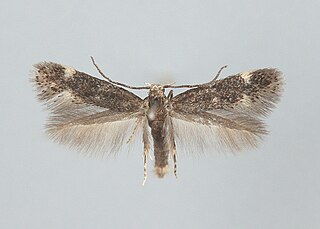
Elachista humilis is a moth of the family Elachistidae found in most of Europe.
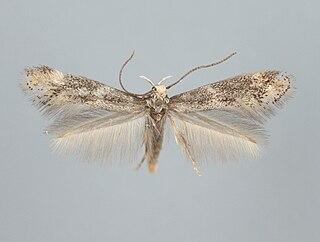
Elachista canapennella is a moth of the family Elachistidae found in Europe.

Elachista freyerella is a moth of the family Elachistidae that is found in all of Europe, except the Balkan Peninsula. It is also found in North America.

Coleophora lixella is a moth of the family Coleophoridae found in most of Europe. It was first described by Philipp Christoph Zeller in 1849.

Elachista adscitella is a moth of the family Elachistidae found in Europe.

Elachista subnigrella is a moth of the family Elachistidae found in Europe.
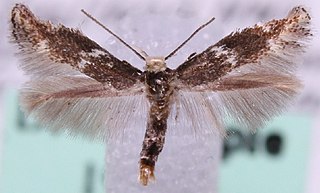
Elachista stabilella is a moth of the family Elachistidae found in Asia and Europe.
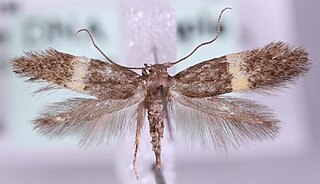
Elachista gangabella is a moth of the family Elachistidae. It is found in all of Europe, except the Iberian Peninsula.
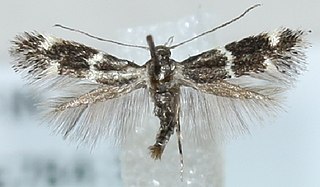
Elachista elegans is a moth of the family Elachistidae. It is found from Fennoscandia to Italy, Hungary and the Crimea and from Germany to Russia.
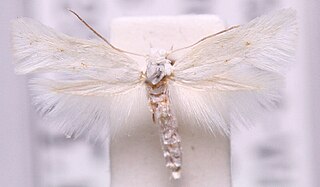
Elachista dimicatella is a moth of the family Elachistidae. It is found in the mountains from Germany and Poland to the Pyrenees, Italy and Romania.

Elachista consortella is a moth of the family Elachistidae. It is found in most of Europe, except most of the Balkan Peninsula, Poland, Latvia and Finland.
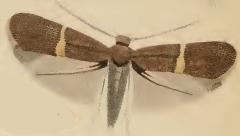
Elachista bisulcella is a moth of the family Elachistidae that is found in Europe.

Elachista bifasciella is a moth of the family Elachistidae. It is found from Sweden to the Pyrenees, Italy and Romania and from the Netherlands to Poland. It is the type species of the genus Elachista.
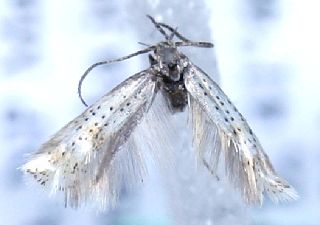
Elachista collitella is a moth of the family Elachistidae. It is found in Great Britain, Spain, France, Italy, Switzerland, Austria, Germany, the Czech Republic, Slovakia, Hungary, Romania and Turkey.





















